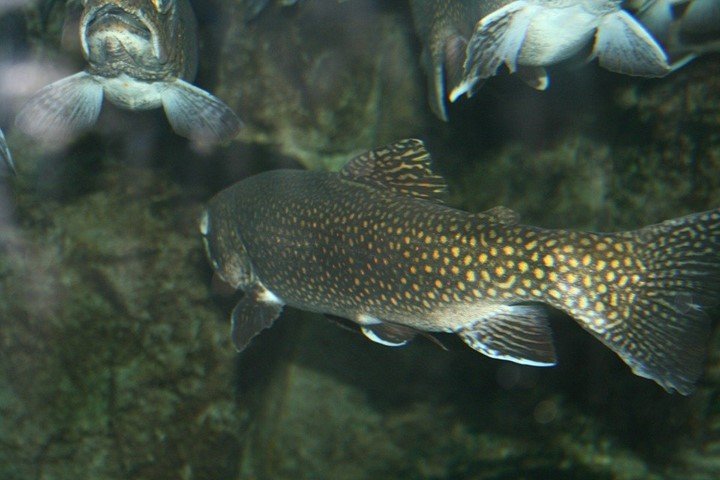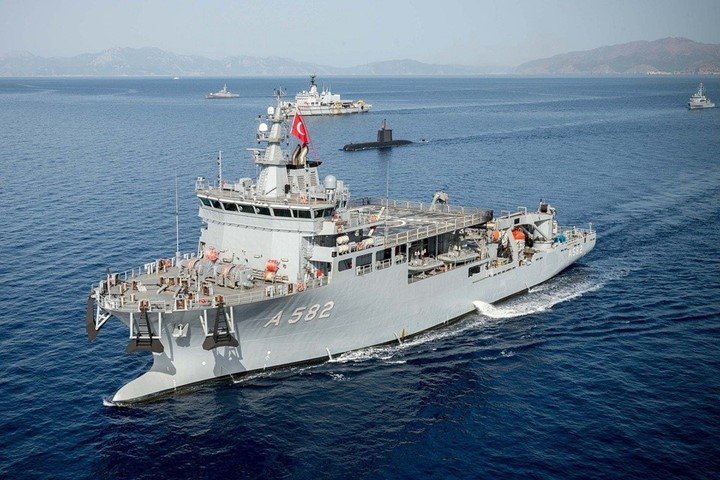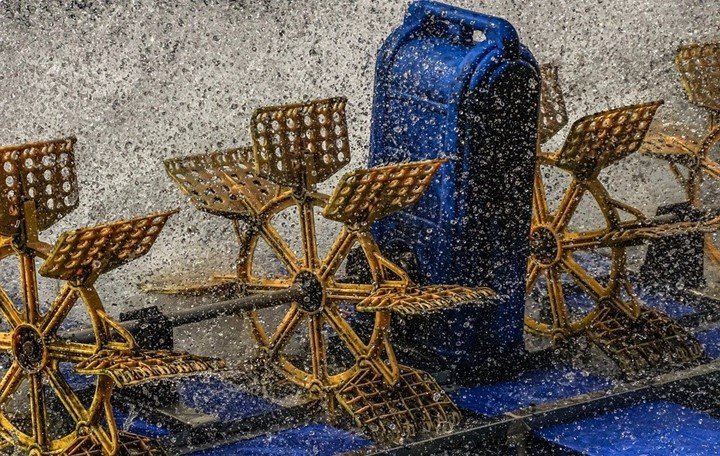Remote sensing is a process that uses cameras or satellites to detect and monitor the physical characteristics of a given thing or an area by measuring its reflected and emitted radiation. In aquaculture (fish farming), remote sensing is greatly used in various ways. Seas and oceans contain food species that man largely depends on as food, fishes, and aquatic plants. Therefore, to exploit these foods more effectively, remote sensing technology is used.
Applications
Some of the application of this technology in aquaculture field includes:
1. Fish Detection

This is the most vital application of the remote sensing technique. It is used to spot and exploit major fisheries such as Tuna and provide information about the distribution of fishes on the water body. Fishing fleets largely depend on remote sensing information to know where to direct their fleets.
2. Oil pollution detention
Oil pollution is a hazard that hinders aquaculture development, and therefore various methods are used for oil detention on the water bodies. One of the methods used is the Remote Sensing Technique. The images produced through this technique change in color, and there is increased brightness if there’s a presence of oil.
3. Sea and ocean condition
Various natural and artificial factors may hinder fishing, such as wind and storms. Remote Sensing techniques can be used to survey the water body, and fishermen can use the information.
4. Estimating the diameter of the fishing body
It is not possible to measure the diameter of the sea using bare eyes or any other manual method; however, the Remote Sensing technique has made the process pretty easy. Remote sensors such as satellites take images which are then used to estimate the diameter of the fishing ground.
5. Search and rescue operation on the fishing ground

During the fishing process, the fishing boat may capsize, and hence several techniques may be used to recover the boat. Remote sensing techniques use sensors capable of detecting distress signals emitted by a thing or a person.
6. In bathymetry
In aquaculture, bathymetry is the measurement of the depths of the seas and other fishing grounds. The remote Sensing technique has unique sensors that may be used for bathymetric measurements. Some of these sensors are passive visible sensors and Active, visible sensors.
7. Measurement of salinity
The concentration of salt in the water body can be measured using this technique. Since the emissivity of the water body is directly proportional to salinity, it is therefore much easier to determine the salinity by measuring the emissive temperature.
8. Remote observation of the fishing ground
When fishermen and other people want to view the water surface, remote sensing is the best thing to turn to. Satellite images can be used to observe the water surface.
9. Surface optical properties
Dissolved matters and other environmental parameters are measured from space borne-sensors to determine the presence of dissolved and suspended matter.
10. Market proximity analysis
Remote sensing techniques can be used to predict the fishing market. Images taken by the sensors can show the number of fishes present on the fishing ground, which can be used to determine the market, i.e., availability or lack of fishes.



